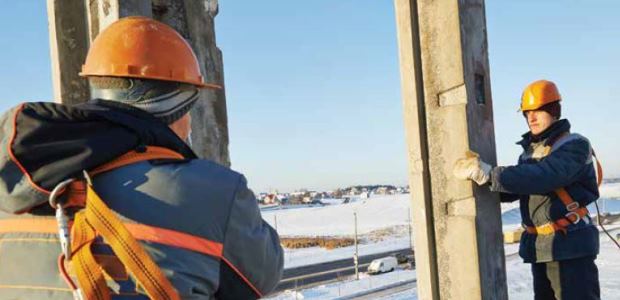
DOL Hails Contingent Worker Report
"Never before in this series of data have these percentages been so low, providing evidence that the 2017 American workforce was more secure in their jobs than at any other time that this survey was taken," DOL said in a statement about the new BLS report.
The Bureau of Labor Statistics reported June 7 that in May 2017, 3.8 percent of workers -- 5.9 million workers nationwide -- held contingent jobs. As BLS defines the term, contingent workers are people who do not expect their jobs to last or who report their jobs are temporary. Using three different measures, contingent workers accounted for 1.3 percent to 3.8 percent of total employment in May 2017, according to the agency, which said the last time this survey was conducted, in February 2005, "all three measures were higher, ranging from 1.8 percent to 4.1 percent of employment."
In February 1995, the first year the survey was conducted, the estimates ranged from 2.2 percent to 4.9 percent.
In addition to contingent workers, the survey identified workers who have various alternative work arrangements. In May 2017, there were 10.6 million independent contractors (6.9 percent of total employment), 2.6 million on-call workers (1.7 percent of total employment), 1.4 million temporary help agency workers (0.9 percent of total employment), and 933,000 workers provided by contract firms (0.6 percent of total employment). "Contingent work and alternative employment arrangements are measured separately. Some workers are both contingent and working in an alternative arrangement, but this is not automatically the case," its release stated, explaining that the measures of contingent work and alternative employment arrangements apply only to a person's sole or main job. For individuals with more than one job, it is the job in which they usually work the most hours.
The U.S. Department of Labor posted a statement hailing the report's findings. "The Bureau of Labor Statistics this morning released the results of its 2017 Contingent Worker Survey; BLS anticipates releasing the results of the Contingent Worker Supplement questions this September," it said. "The survey concluded that 1.3% of wage and salary workers held jobs that they consider temporary or that they do not expect to last beyond one year. When self-employed individuals and independent contractors are added, this percentage increased to 1.6%. Never before in this series of data have these percentages been so low, providing evidence that the 2017 American workforce was more secure in their jobs than at any other time that this survey was taken.
"The BLS has not yet released the results of the Supplement, which included questions about how the Internet and mobile apps have led to new types of work arrangements. These measures of electronically mediated jobs, often associated with the modern 'gig' economy, are now scheduled by BLS for release in September. The Department of Labor eagerly anticipates receiving the results of this supplemental survey this September as this data can contribute to a much needed discussion on the increasing role of alternative work arrangements in our economy."
The report's information was obtained from the Current Population Survey, a monthly sample survey of about 60,000 households that provides data on employment and unemployment in the United States. Highlights from the May 2017 data include these:
- Contingent workers were more than twice as likely as non-contingent workers to be under age 25. They were also more than twice as likely as non-contingent workers to work part time.
- Young contingent workers (16- to 24-year-olds) were much more likely than their non-contingent counterparts to be enrolled in school (62 percent and 36 percent, respectively).
- Contingent workers were more likely to work in professional and related occupations and in construction and extraction occupations than non-contingent workers.
- More than half of contingent workers (55 percent) would have preferred a permanent job.
Contingent wage and salary workers were half as likely to be covered by employer-provided health insurance as non-contingent workers. One-fourth of contingent workers had employer-provided health insurance in May 2017, compared with half of non-contingent workers. And while most contingent workers did not receive health insurance from their jobs, nearly 75 percent of them had health insurance from some source, including coverage from another family member's policy, through a government program, or by purchasing it on their own.